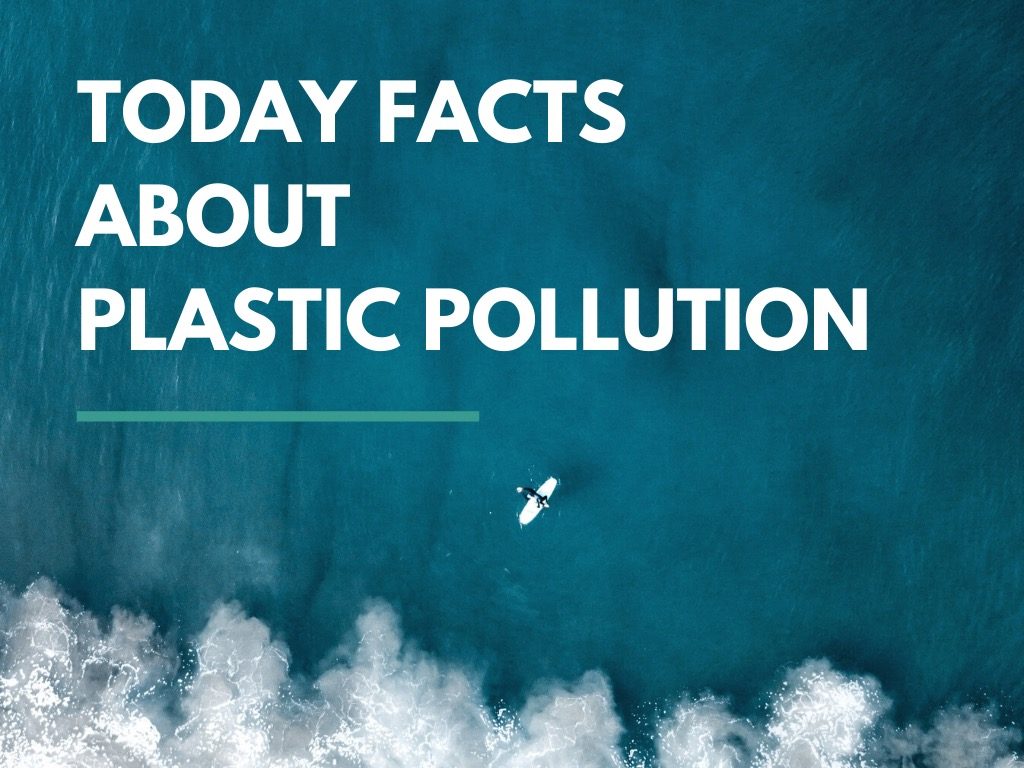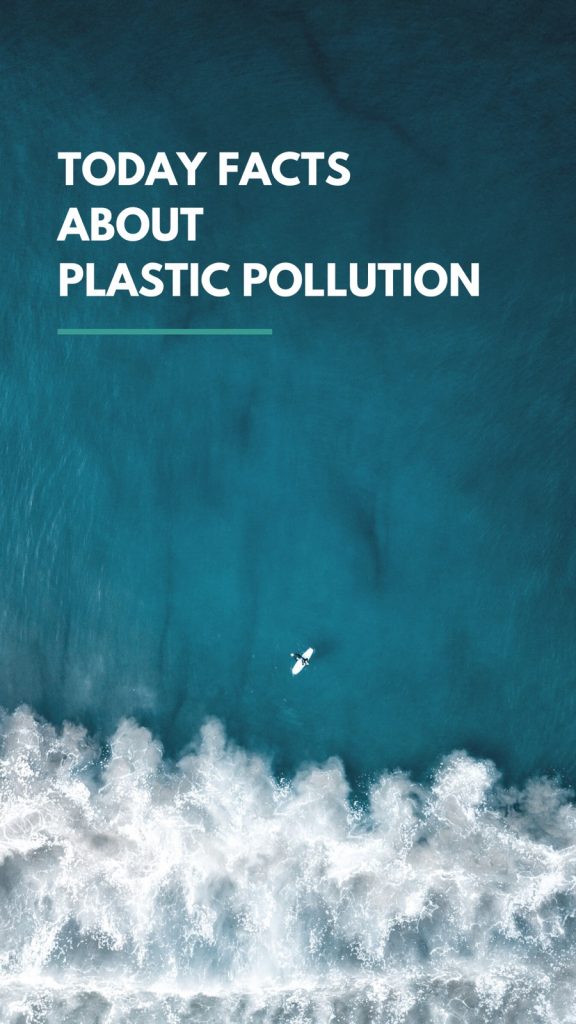

While plastic has many valuable uses, we have become addicted to single-use or disposable plastic — with severe environmental consequences.
PLASTIC
The first plastic was invented in 1907. 1
Plastic production increased exponentially, from 2.3 million tons in 1950 to 448 million tons by 2015. 2
Plastic production is expected to double by 2050. 3
TODAY
We produce about 300 million tonnes of plastic waste every year. That’s nearly equivalent to the weight of the entire human population. 4
One million plastic drinking bottles are purchased every minute, while up to 5 trillion single-use plastic bags are used worldwide every year. 5
50% of all plastic produced is designed to be used only once — and then thrown away. 6
Only 9% of all plastic waste ever produced has been recycled. About 12% has been incinerated, while the rest — 79% — has accumulated in landfills, dumps or the natural environment. 7
PLASTICS IN THE OCEAN
There are 500 times more pieces of microplastic in the sea than there are stars in our galaxy. It is thought the sea now contains some 51 trillion microplastic particles. 8
Every year, about 8 million tons of plastic waste goes into the oceans. The equivalent of a truckload of plastic enters the oceans every minute. 9
10 rivers alone carry more than 90% of the plastic waste that ends up in the oceans. 10
CLIMATE IMPACT
In 2019, the production and incineration of plastic produced more than 850 million metric tons of greenhouse gases—equal to the emissions from 189 five-hundred-megawatt coal power plants. 11
ANIMAL LIFE
The likelihood of coral becoming diseased increases from 4% to 89% after coming in contact with marine plastic. Coral reefs are home to more than 25% of marine life.12
Recent studies have revealed marine plastic pollution in 100% of marine turtles, 59% of whales, 36% of seals and 40% of seabird species examined. 13
100,000 marine mammals and turtles and 1 million sea birds are killed by marine plastic pollution annually. 14
HUMAN HEALTH
Studies suggest we are ingesting an average of 5 grams of plastic every week, the equivalent of a credit card. 15
We may be consuming anywhere from 39,000 to 52,000 microplastic particles a year. 16
Most plastic is toxic and it can disrupt hormones crucial for a healthy existence. Scientists still aren’t quite sure about the amount of microplastics a body can tolerate or how much damage they do. 17
Scientists believe plastic may also be contaminating the air we breathe. 18
FUTURE
Plastic production is expected to grow 40% by 2030. 19
If growth trends continue, plastic will account for 20 percent of global oil consumption by 2050. 20
What are real solutions to plastic pollution?
New legislation. Create bans and restrictions for unnecessary and damaging plastic products or activities.
Take responsibility. Mandated Extended Producer Responsibility (EPR) regulations and strategies to make producers and companies responsible for the damage plastic causes to our environment, make them accountable for the entire lifecycle and true costs of their products.
Reduce and avoid. Move away from our throwaway culture focused on convenience being equal to disposal.
REFERENCES
[1] http://www.plasticsindustry.org/
[2] [3] https://www.nationalgeographic.com/environment/ habitats/plastic-pollution/
[4] https://www.unenvironment.org/interactive/ beat-plastic-pollution/
[7] http://advances.sciencemag.org/content/ 3/7/e1700782.full
[10] https://www.unenvironment.org/interactive/ beat-plastic-pollution/
[11] [20] Plastic & Climate: The hidden Costs of a Plastic Planet / May 2019 / www.ciel.org/plasticandclimate
[14] https://sustainabledevelopment.un.org/ content/documents/Ocean_Factsheet_Pollution.pdf
[15] Assessing Plastic Ingestion from nature to people. – Published in June 2019 by WWF
[16] Human Consumption of Microplastics. Environ. Sci. Technol. 2019, 53, 12, 7068-7074 / June 5, 2019 / www.doi.org/10.1021/acs.est.9b01517
[19] https://www.theguardian.com/environment/ 2020/jan/02/year-plastic-pollution-clean-beaches-seas

